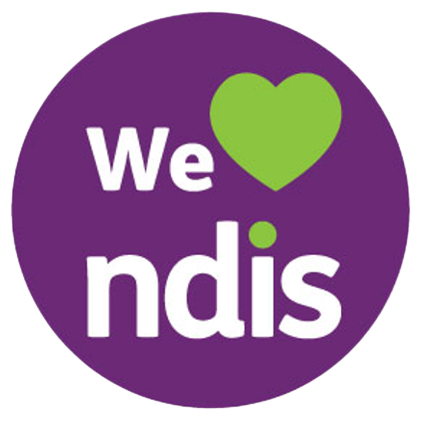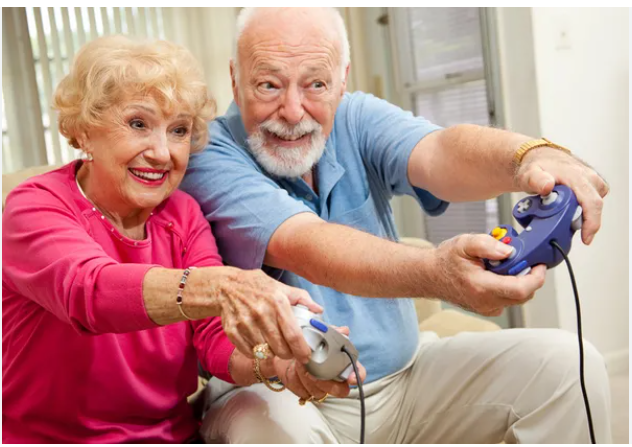What Older Adults Want to Improve their Quality of Life
Barbara Braithwaite, Safe Swallowing Team • October 6, 2021
CONTACT US
Email: support@safeswallowing.com.au
Address: 10-14 Fairlight St, Five Dock 2046
0416 273 059
© 2025
All Rights Reserved | Safe Swallowing





